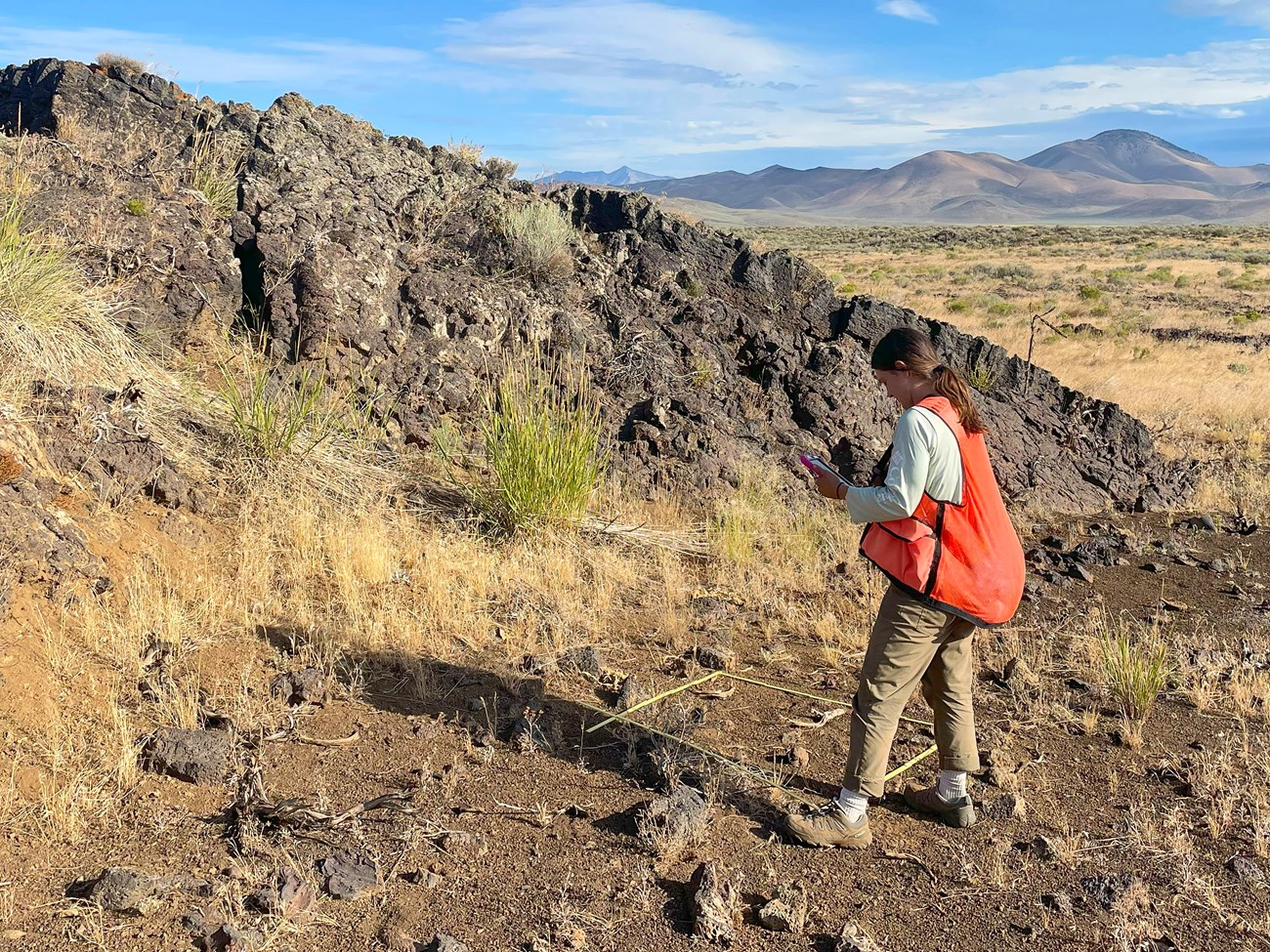Last updated: January 20, 2025
Article
New Method Takes Some of the Guesswork out of Studying Multiple Species
Data from studies of fish and plants confirmed a statistical model’s ability to accurately capture species distributions.
By the editors of Park Science magazine

Image credit: NPS
Scientists often need to compare plants and animals that inhabit different places. Long-term monitoring programs are increasingly focused on looking at entire groups of species. For example, all moths in an area rather than one single moth species. This helps scientists understand how climate change, diseases, and wildfires affect whole ecosystems. But the ways researchers do this usually require some guesswork about how many different groups of species there are. This guesswork adds uncertainty to the data.
In the August 2024 issue of Methods in Ecology and Evolution, researchers describe how they developed a new statistical model to help overcome this limitation. They tested their model on data from studies of fish in the Dobbs River in France and plants in Craters of the Moon National Monument. Their results matched what scientists already knew about those environments. This confirmed the model’s ability to accurately capture species distributions.
Stratton and others. 2024. Clustering and Unconstrained Ordination with Dirichlet Process Mixture Models. Methods in Ecology and Evolution 15: 1720–1732.
